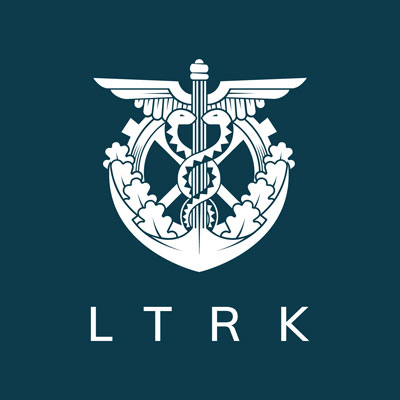Platelet-rich plasma (PRP) for lines and wrinkles
Platelet-rich plasma is a very natural way to treat lines and wrinkles, increase the youthfulness of the face, and rejuvenate the skin by purely using the body’s own serum. The PRP is harvested from your own blood and is collected in exactly the same way that blood is taken for a standard blood test. The blood is spun in a centrifuge, which separates out the cells, serum, and platelets. The separated platelets, which hold all of the natural growth factors that stimulate inactive cells to promote collagen and tissue growth are then injected into the face or area of the body that requires stimulation and rejuvenation.
The science of PRP:
Our blood is made up of 93% red blood cells, 6% white blood cells, 1% platelets and plasma. Platelets are best known for their function of blood clotting to stop bleeding. Platelets, however, are much more significant than this, as human platelets are also a critical component in injury healing. Platelets are naturally extremely rich in the connective tissue growth and healing factors. The body’s first response to tissue injury is to deliver platelets to the area. Platelets initiate repair and attract stem cells to the injury. Injecting these growth factors into damaged ligaments, tendons, and joints stimulates the natural repair process. In order to maximize the healing process, the platelets must be concentrated and separated from the red blood cells. The goal of PRP is to maximize the number of platelets while minimizing the number of red blood cells in a solution that is injected into the injured or pained area(s). In summary, PRP creates, stimulates, and accelerates the body's natural healing process.
Which conditions benefit most from PRP?
PRP treatment works most effectively for chronic ligament and tendon sprains/strains that have failed other conservative treatment, including but not limited to:
- Lumbar spine disc pain
- Rotator cuff injuries, including partial-thickness
- Shoulder pain and instability
- Tennis and golfer’s elbow
- Hamstring and hip strains
- Knee sprains and instability
- Patellofemoral syndrome and patellar tendonitis
- Ankle sprains
- Achilles tendonitis & plantar fasciitis
- Knee, hip, and other joint osteoarthritis
Additionally, PRP can be effective for many cases of osteoarthritis by stimulating the healing of cartilage and reducing pain and disability. This includes:
- Knee arthritis
- Hip joint arthritis
- Shoulder arthritis
- Ankle arthritis
Will PRP treatment help me avoid surgery?
With any treatment option the outcome and sustained results are highly dependent on the extent of the injury. For example in the case of mild arthritis, PRP could potentially prevent the development of further degeneration. However, in advanced arthritic degeneration the goal of the treatment is to minimize pain and improve function. PRP (potentially if used in tandem with the use of stem cells) could avoid surgery such as joint replacements and potentially spinal fusion.
How is PRP created?
Creation of PRP is simple, painless, and conveniently done at an office visit. The entire process of drawing blood to solution preparation only takes approximately 25-30 minutes. A small amount of blood is drawn from the patient, just like a routine blood test. Once the blood is drawn it is then placed into a centrifuge. The centrifuge is a machine that spins the blood at high speeds in order to separate the blood into red blood cells and concentrated platelets. Once the blood is separated the red blood cells are discarded, and we are left with concentrated platelet rich plasma (PRP) which is ready to be used in the treatment process. Get back your confidence and improve the quality of your life! Schedule an appointment with our doctors now! Call +371 267 777 76 or fill in the online form and one of our staff will get back to you to confirm an appointment.






